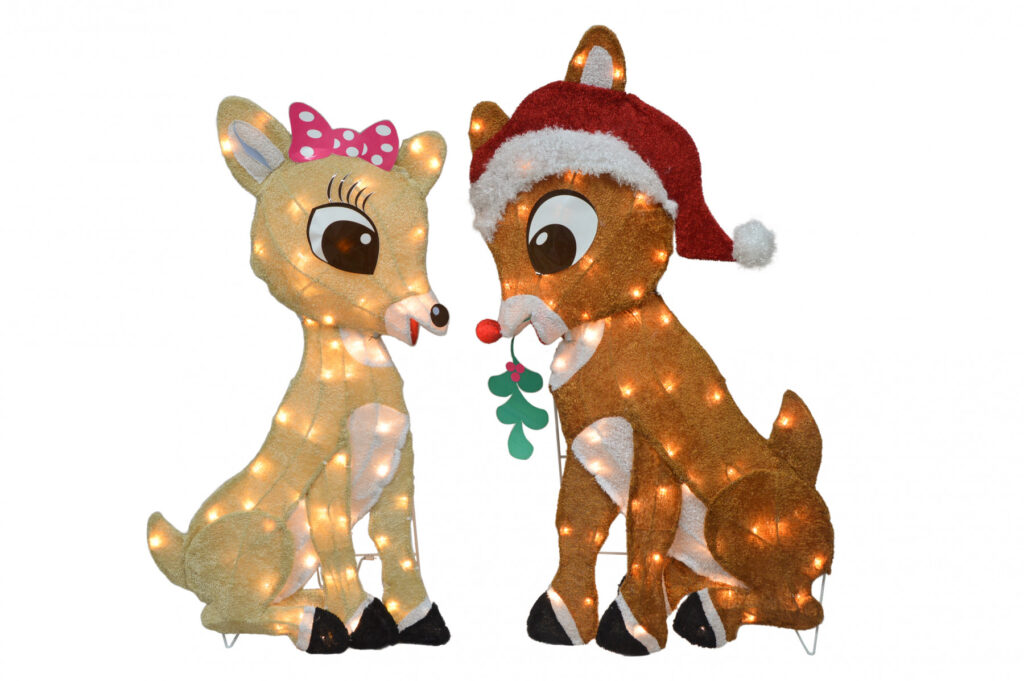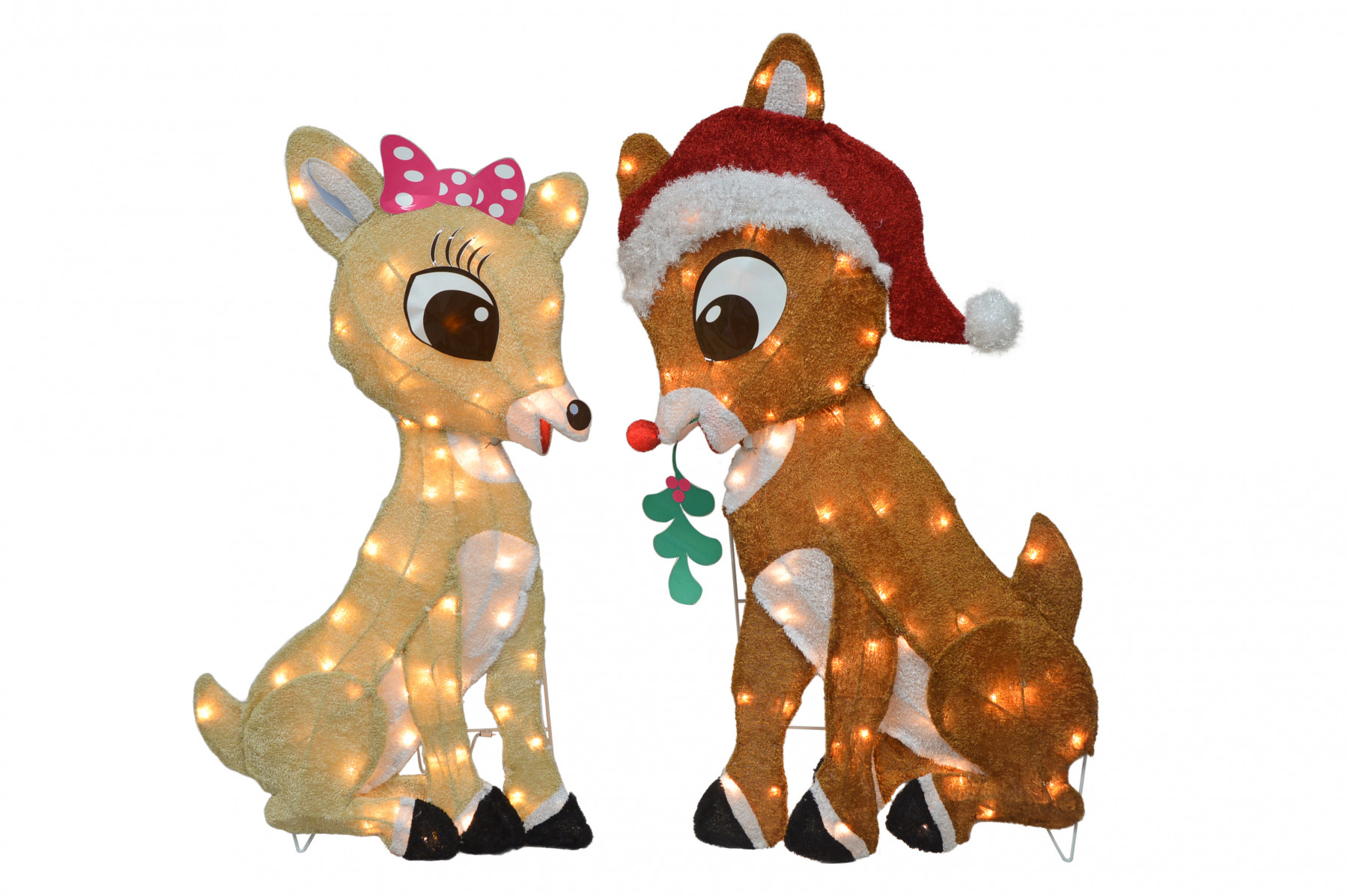
The Enduring Charm of Animated Rudolph Characters: A Festive Exploration
The story of Rudolph the Red-Nosed Reindeer, particularly as brought to life through animated characters, holds a special place in holiday traditions. Since its debut, the animated Rudolph has become a symbol of acceptance, perseverance, and the magic of Christmas. This article delves into the history, cultural impact, and lasting appeal of these beloved animated Rudolph characters.
The Genesis of Rudolph the Red-Nosed Reindeer
The character of Rudolph originated in 1939 as part of a promotional booklet written by Robert L. May for the Montgomery Ward department store. The story aimed to create a relatable character who overcame adversity and found his unique value. The initial concept was simple: a reindeer ostracized for his unusual glowing nose. This simple premise resonated deeply, particularly during the challenging times of the Great Depression.
The Rudolph story quickly gained popularity, and in 1949, Johnny Marks, May’s brother-in-law, adapted the story into a song. “Rudolph the Red-Nosed Reindeer” became an instant hit, solidifying Rudolph’s place in American folklore. The song’s message of embracing differences and finding strength in individuality further cemented its appeal.
The Iconic Animated Special: Rudolph the Red-Nosed Reindeer (1964)
While the story and song had already achieved widespread success, it was the 1964 Rankin/Bass animated television special that truly immortalized Rudolph. Produced using stop-motion animation, often referred to as “Animagic,” the special brought Rudolph and his world to life in a visually captivating way. The characters, including Hermey the Elf, Yukon Cornelius, and Clarice, became instantly recognizable and beloved.
Key Animated Rudolph Characters
- Rudolph: The protagonist, a young reindeer born with a bright red nose. Initially ostracized, he ultimately saves Christmas with his unique ability.
- Hermey the Elf: An elf who dreams of becoming a dentist, defying the expectations of his peers. He represents the importance of pursuing one’s passions.
- Yukon Cornelius: A prospector who claims to be searching for silver and gold, but his true motivation is often unclear. He provides comic relief and unexpected assistance.
- Clarice: A kind and supportive doe who believes in Rudolph, even when others don’t. She represents unwavering friendship and acceptance.
- Santa Claus: The jolly gift-giver who initially dismisses Rudolph but eventually recognizes his value. His character arc highlights the importance of open-mindedness.
- Mrs. Claus: Santa’s supportive wife, who embodies warmth and holiday cheer.
- The Abominable Snow Monster (Bumble): Initially a menacing figure, he is eventually tamed and becomes a helpful member of Santa’s team. His transformation underscores the theme of redemption.
The Cultural Impact of Animated Rudolph
The animated Rudolph special has had a profound and lasting impact on popular culture. It has become a holiday tradition for generations of families, airing annually on television and continuing to draw large audiences. The special’s themes of acceptance, perseverance, and the importance of being true to oneself resonate deeply with viewers of all ages.
The animated Rudolph characters have also been featured in numerous merchandise, including toys, books, and clothing. The characters’ images are instantly recognizable and evoke feelings of nostalgia and holiday cheer. This widespread recognition has cemented Rudolph’s place as a cultural icon.
Furthermore, the story of Rudolph has been interpreted in various ways, often used as a metaphor for overcoming personal challenges and embracing one’s unique qualities. Schools and organizations frequently use the story to teach children about acceptance, diversity, and the importance of kindness.
The Enduring Appeal of Stop-Motion Animation
The use of stop-motion animation in the 1964 special contributes significantly to its enduring appeal. The handcrafted quality of the animation gives the characters a unique charm and warmth that is often lacking in more modern animation techniques. The imperfections and quirks of the animation add to the special’s authenticity and make it feel like a cherished heirloom.
While more recent animated versions of Rudolph have been produced using computer-generated imagery (CGI), the original stop-motion special remains the most beloved and widely recognized. The nostalgia associated with the original animation is a powerful draw for many viewers.
Analyzing the Themes and Messages
The story of Rudolph the Red-Nosed Reindeer is rich with thematic content. At its core, the story celebrates individuality and the importance of embracing differences. Rudolph’s red nose, initially a source of ridicule, ultimately becomes his greatest asset, allowing him to guide Santa’s sleigh through a dense fog.
The story also explores the themes of acceptance and tolerance. Rudolph and Hermey, both outcasts in their respective communities, find solace and strength in their friendship. Their journey together highlights the importance of supporting one another and challenging societal norms.
Furthermore, the story promotes the idea that everyone has something valuable to contribute. Even the Abominable Snow Monster, initially portrayed as a villain, is eventually redeemed and becomes a helpful member of Santa’s team. This transformation underscores the theme of forgiveness and the potential for change.
Modern Interpretations and Adaptations
In recent years, there have been several modern interpretations and adaptations of the Rudolph story. These adaptations often feature updated animation techniques and explore the characters in new and innovative ways. While these adaptations may appeal to younger audiences, the original 1964 special remains the gold standard for many viewers.
Some adaptations have focused on expanding the backstory of Rudolph and other characters, providing more context for their motivations and relationships. Others have incorporated contemporary themes and messages, such as environmentalism and social justice. [See also: Rankin/Bass Christmas Specials Ranked] These modern interpretations demonstrate the enduring relevance of the Rudolph story and its ability to resonate with new generations.
The Legacy of Animated Rudolph Characters
The animated Rudolph characters have left an indelible mark on popular culture. They have become symbols of hope, acceptance, and the magic of Christmas. Their story continues to inspire and entertain audiences of all ages, reminding us of the importance of embracing our differences and finding our own unique value.
The enduring appeal of these animated Rudolph characters lies in their timeless themes and relatable struggles. They remind us that it’s okay to be different, that perseverance pays off, and that even the most challenging circumstances can lead to unexpected opportunities. The story of Rudolph the Red-Nosed Reindeer is a testament to the power of kindness, acceptance, and the enduring spirit of the holiday season. From the original story, to the iconic song, and especially the animated Rudolph, the message continues to resonate.
The legacy of the animated Rudolph characters extends beyond mere entertainment. They have become cultural touchstones, representing the values of inclusivity and compassion. Their story serves as a reminder that even those who are initially rejected can ultimately make a significant contribution to the world. As long as Christmas is celebrated, the animated Rudolph will continue to shine brightly, guiding us towards a more accepting and understanding future. The charm of these animated Rudolph characters is truly timeless.
The story of Rudolph, especially the animated Rudolph characters, continues to be a cherished part of the holiday season. Its themes of acceptance and finding your place resonate strongly. The animated Rudolph reminds us that our differences can be our strengths. The animated Rudolph continues to inspire. The animated Rudolph has been a beloved character for generations. The animated Rudolph is a symbol of the holidays. The animated Rudolph, a true classic.

